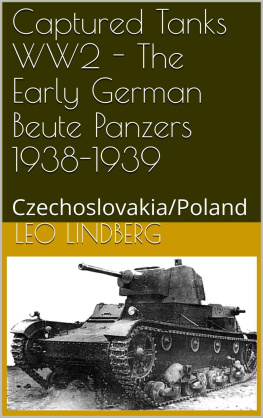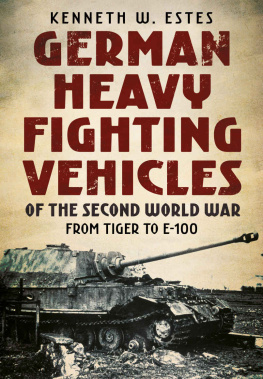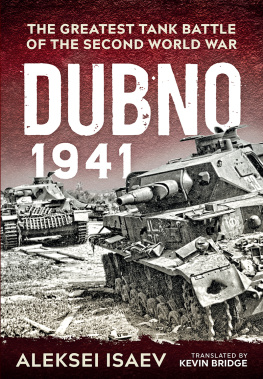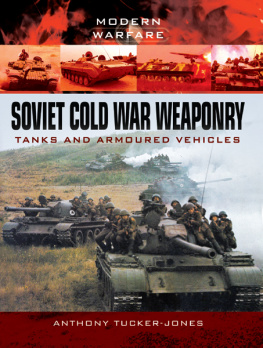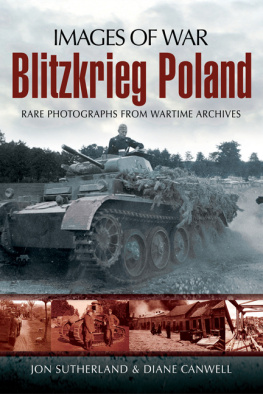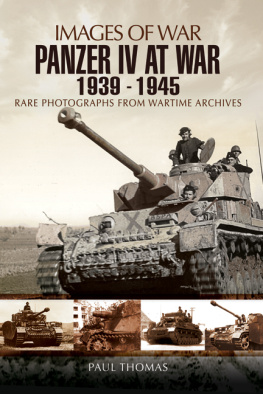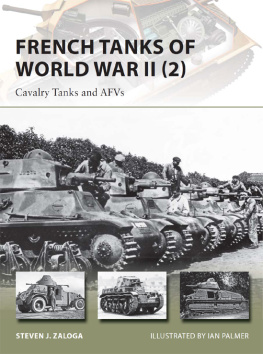Foreword
The Germans during WWII were known for their engineering craftsmanship, but a less known fact is that they were very resourceful in times of need, confiscating and adjusting their enemys weaponry for their own purpose.
Numerous photographs prove how the German war machine functioned on the tanks and vehicles seized after the occupation of Czechoslovakia, Poland, France, Belgium, Netherlands and other countries. Later, the Germans incorporated Soviet tanks, trucks, cannons, small arms, and artillery. They would rename the captured weapons and aint them with a swastika or a German Cross.
The first years of the Nazi conquest were still plagued by the lack of motorized infantry units and tanks that proved to be technically inferior to the French ones. Nevertheless, an element of surprise, strong fighting spirits, and superior tactics kept the German war machine rolling during the first two years of the war.
As the war carried on, supplies were scarce and the salvage tactic became more common. The Germans used Allied planes, tanks, and vehicles, throwing everything they got in the defense of the Reich.
Czechoslovakia was peacefully occupied, falling a victim to the German diplomatic pressure. Since the country surrendered without a fight, its army, and complete military industry fell into the hands of the Germans. During the 1930s Czechoslovakian tanks were considered top notch. This is why the Germans decided to adopt their designs and basically rename the existing models such as the LT vz. 35 and LT vz. 38, into Panzer 35(t) and 38(t). The stands for Tschechisch, the German for Czech.
The Germans produced 1400 of the PzKw. 38(t) and 434 PzKw. 35(t) that were mostly used during the invasions of Poland, France, and the Soviet Union. In 1942, the tanks were already considered obsolete and most of the surviving units were sent to serve in the German puppet states, such as the Independent State of Slovakia, Romania, and Bulgaria.
As Poland fell in the first months of the war, a vast majority of the Polish Army was captured. Along with them, the Germans captured most of their tanks. The Germans incorporated the Polish 7TP light tank, which was technically superior to the German light tanks of the time. And the TKS tankette, which were utilized in various roles, guard duty, artillery tractor, anti-partisan duty and more.
Panzer 35(t)
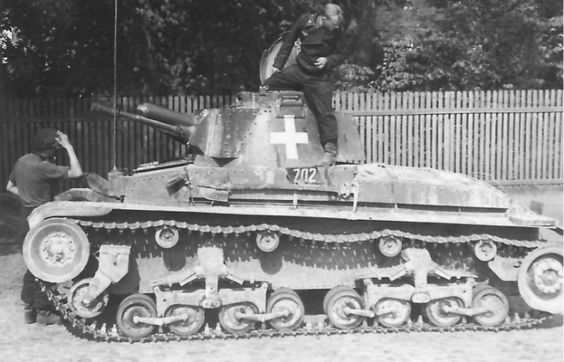
Panzer 35(t), t for tschechisch(german for Czechoslovak)
Between the wars, the new Czech nation maintained an advanced defence industry with a production capability extending to light and medium tanks. In 1935 and 1936, Skodas LT (Light Tank) vz. (model) 35 entered service in small numbers, and by 1937, it was the main tank of the Czech Army. The LT-35 was comparable to other European tanks in service at the time, such as the Polish 7TP, British Vickers 6-ton, Soviet T-26, Italian Carro Armato M 11/39 and M13/40, and German PzKpfw III tanks. The LT-35 equipped four fast divisions of the Czech Army as of 1938. During its service with the Czech Army, the LT-35 gained a reputation as an unreliable vehicle and was considered to be an "interim solution" before the LT-38. Eventually, the PzKpfw 38(t) would be fully developed and ready for production. The LT-35s reputation of being unreliable was due to its untested advanced technical design, but in 1938, its problems were solved and the LT-35 proved to be a good tank. LT-35s were produced in different variants and were also known under different designations such as the R-2 and T-11. Before the war, LT-35s were also sold to Romania (126 tanks were sold in 1936 and were designated the by Romanian Army as the R-2).
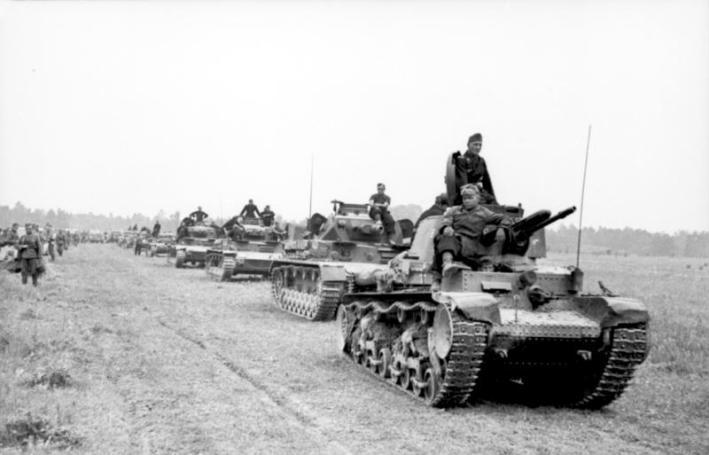
A Panzer 38(t) leading a column of Panzer IV
The 1938/1939 German take-over of the Czechoslovakian state resulted in the confiscation of 219-244 LT-35s from the Czech Army, and subsequently, incorporated into the German Army in March 1939. Some 79 remained in service with the Slovak Armys 3rd Fast Division, which saw service alongside the Germans on the Eastern Front. In German service, LT vz.35s were designated as Panzerkampfwagen 35(t)s (t for Tschechisch, or Czech). LT-35s taken over by the Germans were fitted with FuG 5 (10-watt transmitter/receiver) and FuG 2 (receiver) radio equipment. Germans also added a fourth crew member to act as a loader, increasing the rate of fire. The LT-35 was comparable to the German PzKpfw III and was an important addition to the Panzerwaffe.
Despite a Czech decision to phase the LT-35 out of production after 1938, production was extended until 1939, under the German supervision at the CKD (Ceskomoravska Kolben Danek) Works in Prague and Skoda Works in Pilsen (after 1938 both became part of Reichswerke Hermann Goring). Overall, 424 units were produced between 1935 and 1939 by
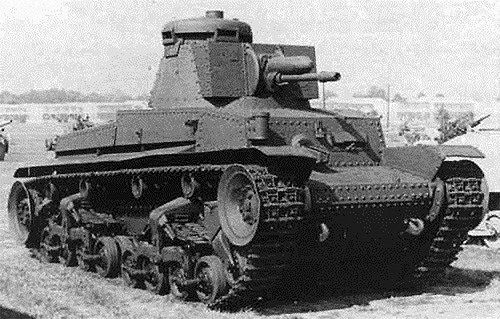
Prototype of the LT 35, here clearly to see the rivets
Skoda (approximately 340) and CKD (approximately 84). The PzKpfw 35(t) formed the bulk of the 1st Leichte (Light) Division during the Polish Campaign, and then of the 6th Panzer Division (former 1st Leichte Division(1st Light division)) during the French Campaign and the Invasion of the Soviet Union.
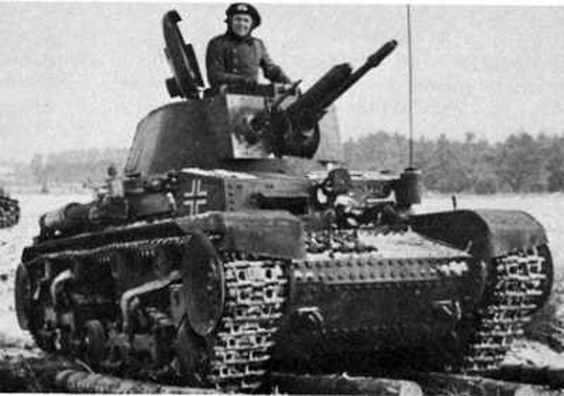
Panzer 35(t) in winter 1941
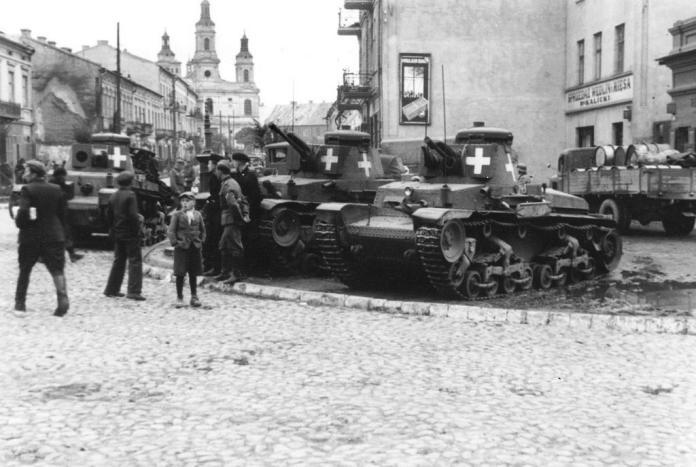
Three Panzer 35(t) during Fall Weiss, the invasion of Poland
Panzer 38(t)
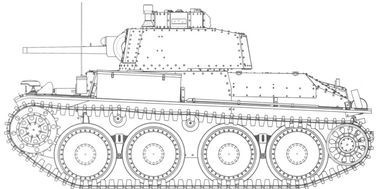
Panzer 38(t) Ausf. C. from 1939
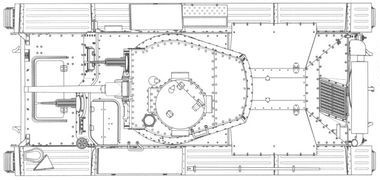
Developed by the KD company for the Czechoslovakian Army in 1938. During the German occupation, the vehicle saw service in the Wehrmacht and was used in the Polish and French Campaigns, as well as on the Eastern Front. The tank saw combat on the front line until the middle of 1942. Approximately 1,400 vehicles in eight modifications (Ausf. A/B/C/D/E/F/S/G) were manufactured.
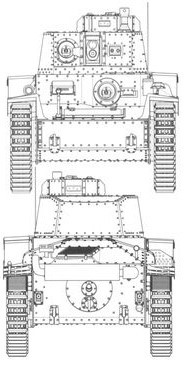
Visually, it's not that different than its predecessor, the Pz.Kpfw. 35 (t). It offers increased top speed and mounts a more powerful gun, but sacrifices traverse speed and has 1mm thinner armor on the sides and rear.

The LT(Light Tank) vz.(model) 38 was destined to become one of the most widely used Czechoslovakian tanks, although not in Czechoslovak hands. Ordered into production in 1938, the LT-38 drew on the experience from the earlier LT-35 and became the most successful product of the Czechoslovakian industry. LT-38s in different variants was exported to many countries and gained an excellent reputation among its foreign users such as Sweden (THN Sv), Iran / Persia (TNH), Peru (LTP), Switzerland (LTH - Pz39), and Lithuania (LTL).

